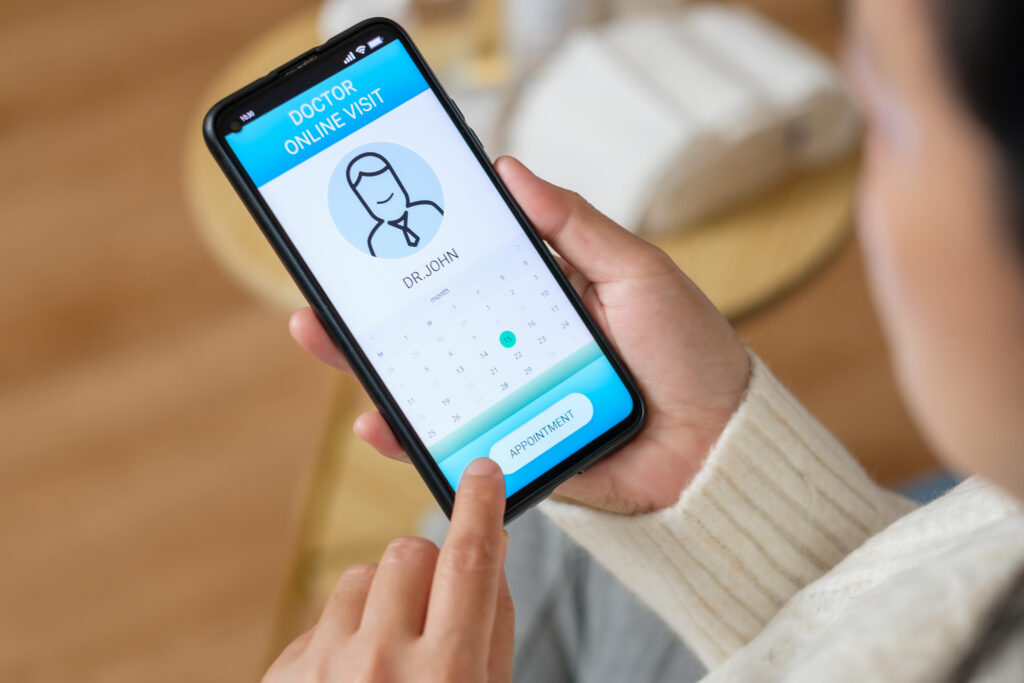Consumers aren’t waiting for healthcare to evolve—they’re already redefining what access means. They expect care to be affordable and available, but that’s only the beginning. Increasingly, they also demand experiences that are convenient, personalized, and digitally seamless. When those expectations aren’t met, they don’t hesitate to look elsewhere.
Understanding this shift requires more than demographic segmentation or digital analytics. It calls for a behavioral lens. Maslow’s Hierarchy of Needs and the Transtheoretical Model (TTM) offer complementary frameworks that, when applied together with journey sciences, reveal a spectrum of motivations driving healthcare decisions today.
- Maslow helps us understand the “what”—the needs consumers are trying to meet, from cost and access to comfort, trust, and self-agency.
- TTM explains the “how”—the stages people move through as they prepare to engage with care.
But in today’s healthcare environment, these needs and behaviors don’t unfold in a predictable sequence. Instead, consumers express a unique blend of foundational requirements and lifestyle-driven expectations, shaped by digital-native habits and experiences in other service industries.
This convergence of digital and human needs reframes how healthcare organizations must think about access to care.
The following five themes illustrate how a digital strategy informed by Maslow’s hierarchy, the Transtheoretical Model, and consumer insights can help healthcare leaders reduce friction, deepen engagement, and deliver measurable value across the care journey.
Maslow’s Hierarchy Reimagined for Modern Healthcare
Consumers still care about the basics—cost, insurance acceptance, and appointment availability. But they also expect experiences that reflect their identity, preferences, and time constraints. These expectations map to Maslow’s Hierarchy of Needs, but not in a linear way.
- Foundational Needs: Insurance acceptance, out-of-pocket costs, appointment availability
- Psychological Needs: Trust in providers, comfort with care teams, digital convenience
- Self-Fulfillment Needs: Personalized experiences, proactive health management, seamless coordination
Strategic Insight: Consumers are blending survival needs with lifestyle demands. Digital transformation must address both simultaneously.
Behavioral Change is a Journey—Use the Transtheoretical Model to Guide It
TTM offers a behavioral framework that aligns with how consumers engage with healthcare:
| TTM Stage | Digital Strategy Alignment |
|---|---|
| Precontemplation | Awareness campaigns, education on care options |
| Contemplation | Transparent pricing, provider reviews, digital tools |
| Preparation | Easy scheduling, insurance verification, virtual options |
| Action | Seamless booking, reminders, caregiver tools |
| Maintenance | Follow-up care, loyalty programs, satisfaction surveys |
Why it matters: Aligning digital tools with behavioral stages helps move consumers from passive to proactive engagement, improving both outcomes and retention.
Caregivers Are the Hidden Power Users of Your Network
One in three respondents in our 2025 Access to Care healthcare research study identified as caregivers. These important participants aren’t just supporting others. They’re often making the decisions about care teams, insurance plans, appointments, and more.
That means one person’s health care decisions can influence the outcomes and satisfaction of an entire household and beyond. Ignoring this persona means missing out on a major driver of patient loyalty and continuity.
Design for Caregivers by Enabling:
- Multi-profile scheduling
- Shared access to care plans and records
- Streamlined communication across care teams
Friction is Expensive and Avoidable
When scheduling is hard, people delay care or abandon it altogether. That’s not just a patient experience issue. It’s a revenue and health outcomes issue. Our 2025 Access to Care healthcare research study revealed that:
- 33.8% of caregivers reported difficulty scheduling care
- 23.3% of all respondents who reported appointment-scheduling friction said this led to worsened health
- More than 50% of those who experienced friction switched providers
Actionable Moves:
- Prioritize multi-modal engagement (digital, phone, in-person)
- Integrate financial transparency into scheduling workflows
- Design for caregivers—the hidden influencers of health decisions
Healthcare is Competing With Commerce—And Losing Ground
Digital-first care platforms are gaining traction because they’re easy, fast, and transparent. Consumers don’t compare healthcare to other hospitals or member portals—they compare it to Amazon, Uber, and their favorite apps.
Strategic Response:
- Treat Find-a-Provider as your digital front door
- Use AI and predictive analytics to match patients with the right care, then make the path to schedule and receive care as seamless as possible
- Partner with urgent care and digital-first platforms to extend reach
Final Word: Build for Behavior, Not Just Compliance
Access isn’t a single point—it’s a cascade of decisions, behaviors, and expectations. By aligning digital strategy with a deep understanding of consumer behavior—whether through the lens of Maslow’s Hierarchy of Needs, the Transtheoretical Model (TTM), or journey sciences—healthcare leaders can design systems that are not only more human but more effective.
Access is the new front door. Make sure it opens easily.
Ready to Elevate Access to Care?
If you’re exploring how to modernize your digital front door, consider starting with a strategic assessment. Align your goals, audit your content, and evaluate your tech stack. The path to better outcomes starts with a smarter, simpler way to help patients find care.
We combine strategy, industry best practices, and technology expertise to deliver award-winning results for leading healthcare organizations.
- Business Transformation: Activate strategy for transformative outcomes and health experiences.
- Modernization: Maximize technology to drive health innovation, efficiency, and interoperability.
- Data + Analytics: Power enterprise agility and accelerate healthcare insights.
- Consumer Experience: Connect, ease, and elevate impactful health journeys.
Our approach to designing and implementing AI and machine learning (ML) solutions promotes secure and responsible adoption and ensures demonstrated and sustainable business value.
Discover why we have been trusted by the 10 largest health systems and the 10 largest health insurers in the U.S. Explore our healthcare expertise and contact us to learn more.
Source: Read MoreÂ



